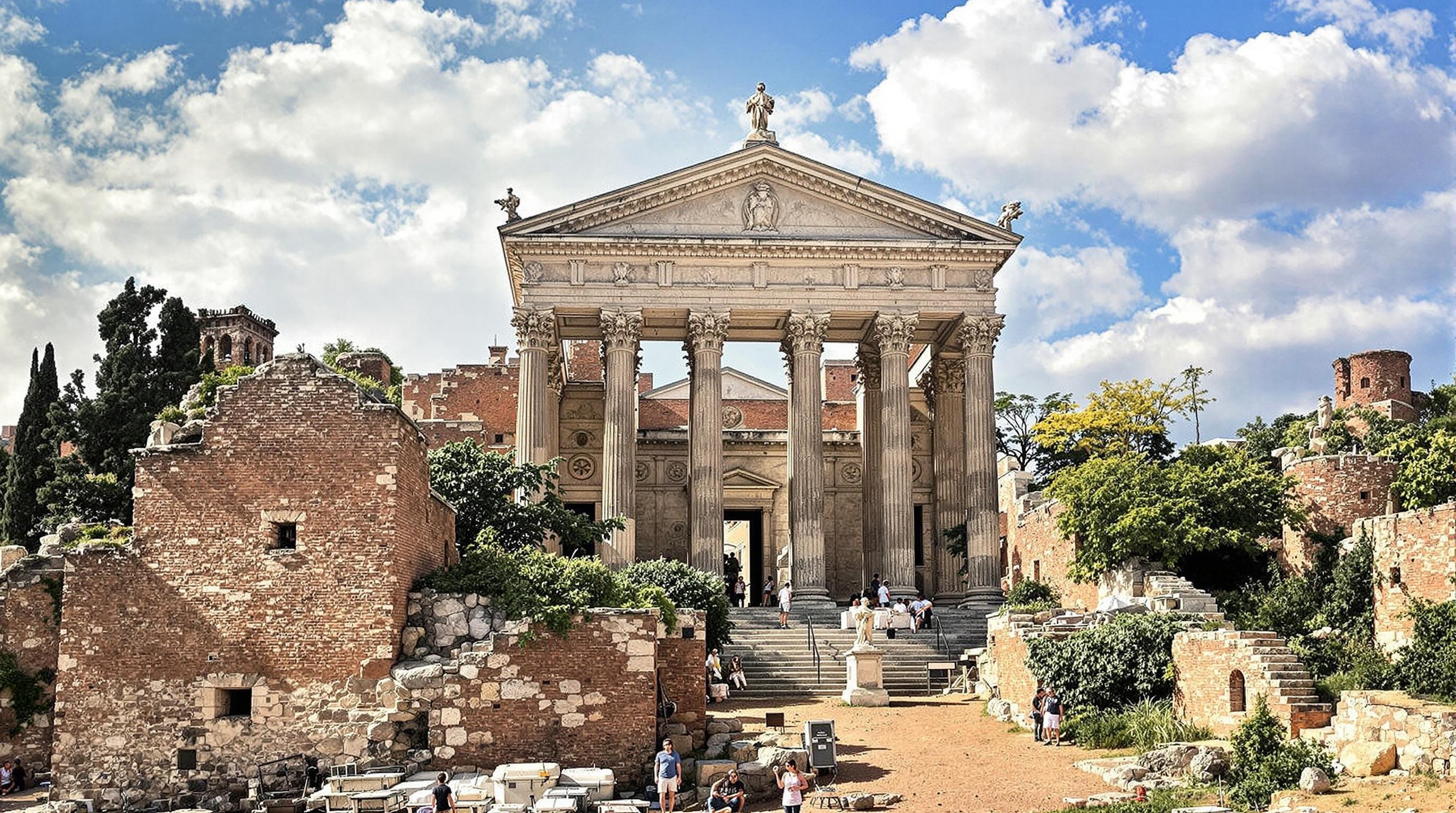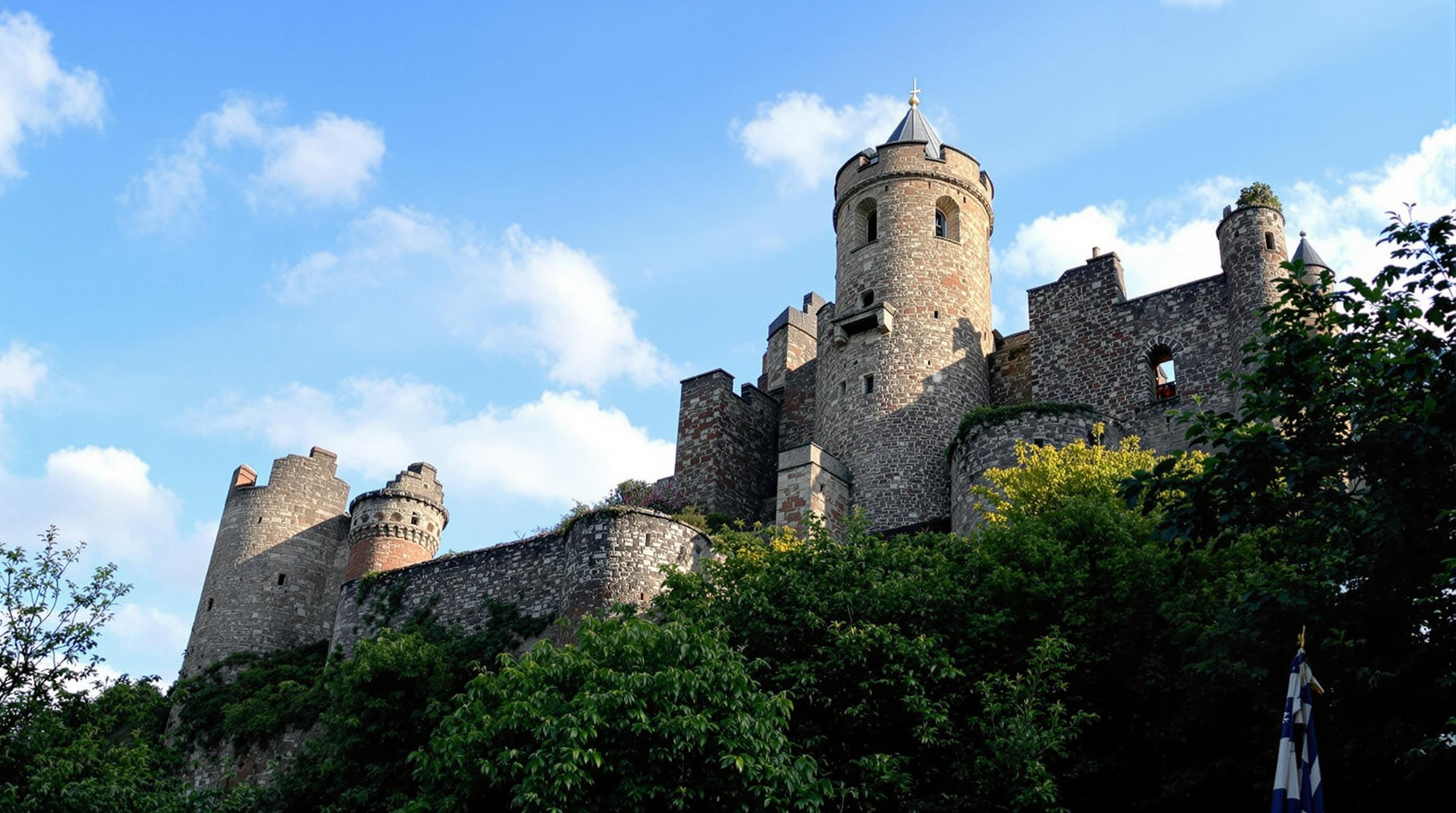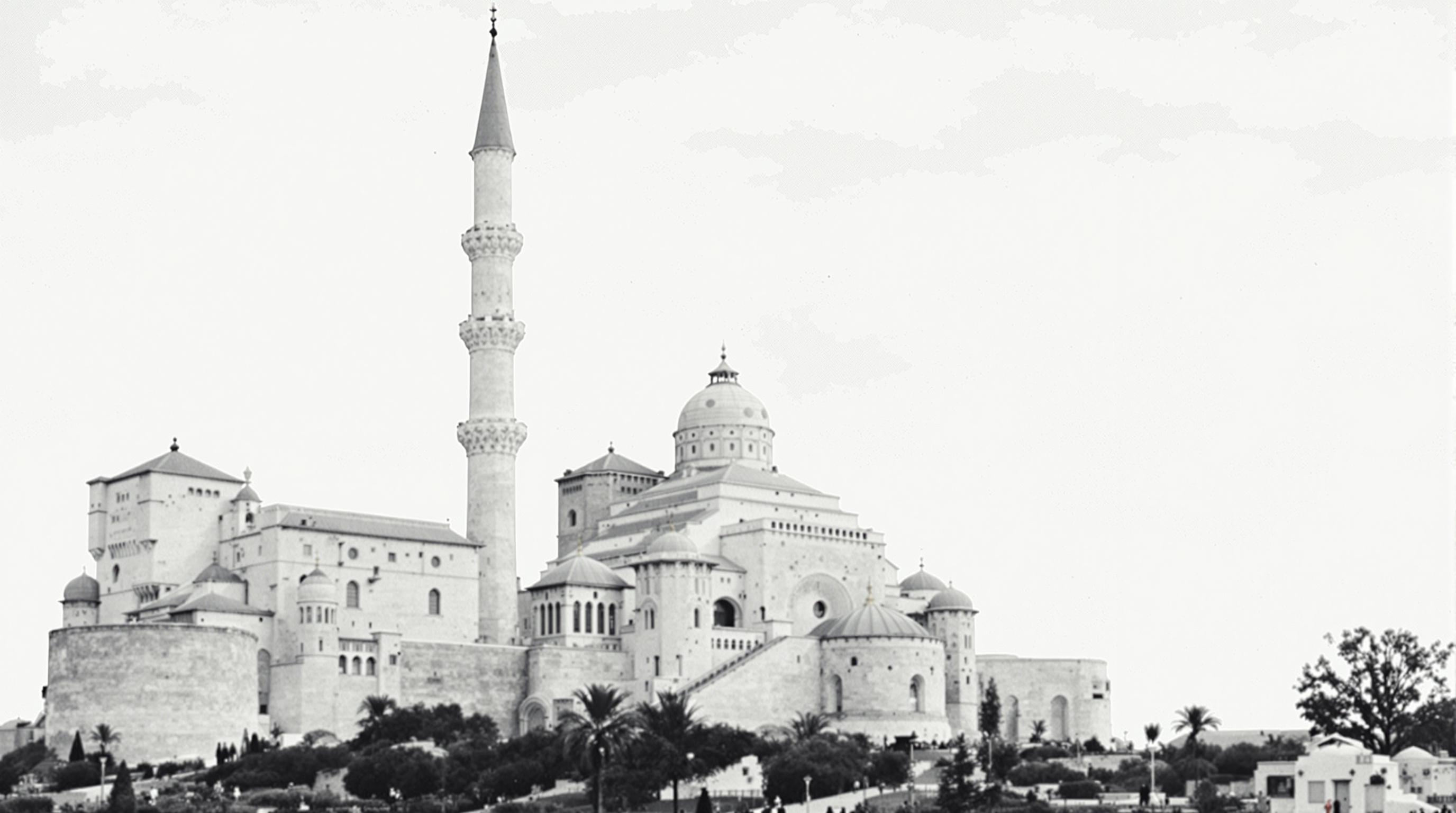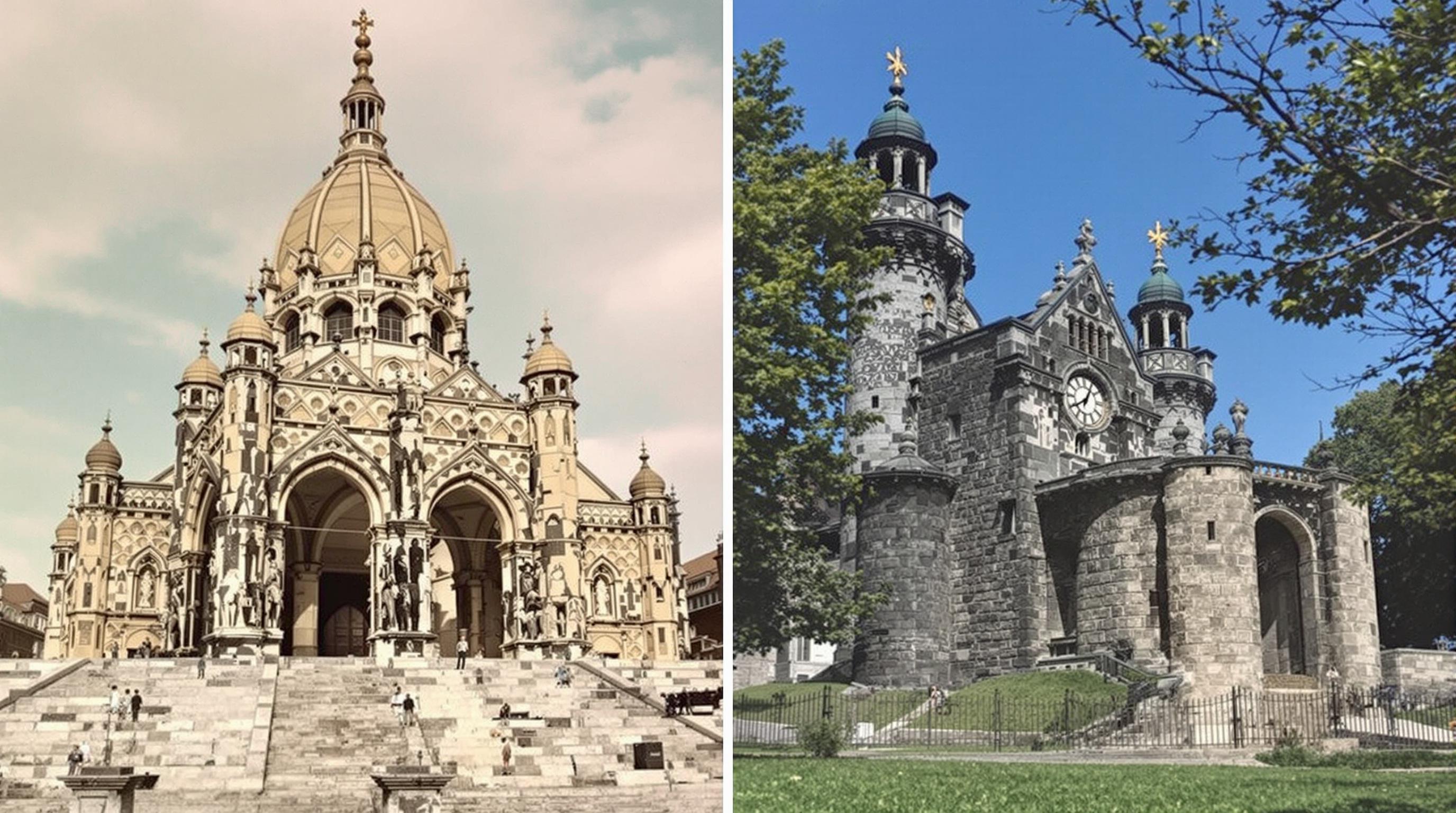Related Articles
- Navigating Ethical Travel: The Role of Arts and Crafts in Supporting Local Economies and Cultures
- Rediscovering Ancestral Routes: How Ancient Trails Offer Insights into Sustainable Travel Practices
- The Ethical Dilemma of Luxury Travel: Splurging or Supporting Sustainable Development?
- Navigating Ethical Dilemmas: The Quest for Authenticity in Local Food Experiences While Traveling
- Beyond the Facade: Exploring the Subsurface Infrastructure of Iconic Historical Structures
- Curiosities Unearthed: The Surprising Connections Between Historic Sites and Modern Art Movements
Beyond the Facade: Exploring the Subsurface Infrastructure of Iconic Historical Structures
Beyond the Facade: Exploring the Subsurface Infrastructure of Iconic Historical Structures
Architectural wonders such as the Colosseum and Notre-Dame may dazzle us with their majestic exteriors, but their true stories unfold beneath the surface, in intricate subsurface infrastructures often overlooked. This exploration reveals not only the engineering ingenuity of past civilizations but also the vital roles these hidden frameworks play in preservation and modern-day use.
The Underground Marvels of the Colosseum
Imagine standing in the heart of Rome, gazing up at the iconic Colosseum, a colossal structure that has stood the test of time for nearly 2,000 years. Beneath its majestic exterior lie secret passages and chambers—complex subsurface infrastructure designed for a variety of purposes. The hypogeum, for instance, a labyrinthine series of tunnels and chambers, was constructed to house gladiators, animals, and machinery used to elevate spectacular stage effects.
Designing for the Spectacle
This underground world was not merely functional; it was engineered for the grand nature of the spectacles themselves. During events, elaborate machinery would swiftly lift wild animals and even scenery directly into view, enthralling thousands of spectators. Modern-day archaeological discoveries reveal that, contrary to ancient assumptions, this subsurface area was much more elaborate than originally thought, featuring a complex system of elevators and trapdoors designed to enhance dramatic entrances. According to a study by the Italian Ministry of Cultural Heritage, about 75% of the Colosseum's original structure, including its hypogeum, remains remarkably preserved.
The Great Cathedral's Hidden Depths
Traveling from Rome to Paris, we encounter another iconic architectural feat, the historic Notre-Dame Cathedral. Much like the Colosseum, a hidden world exists beneath its gothic spires—advanced crypt systems designed not only for burials but also for supporting the weight of the grand edifice above.
Watts of Wonder
The cathedral's massive structure rests on a foundation that goes deeper than we might expect—around 7 meters (about 23 feet) below ground. This solid foundation is essential for maintaining structural integrity. Interestingly, during the restoration post-fire in 2019, these subsurface concerns demanded the experts' attention, emphasizing the continual need for modern engineering practices alongside ancient ones.
Delving into the Technical Stuff
Alright, let’s dive into some fun statistics and facts! Did you know that over 40% of modern urban infrastructure is hidden beneath the ground? This includes everything from sewage systems to transportation networks, which are especially relevant when we consider how iconic structures like the Colosseum and Notre-Dame tap into such existing subsurface infrastructures.
Case Study: The London Underground
Take London, for example. When we marvel at the architectural beauty of Westminster Abbey or the Tower of London, we often don’t realize that these monuments coexist above a complex network known as the London Underground. This massive subway system expanded post-1890 and now spans over 402 kilometers (roughly 249 miles). Engineers spend countless hours ensuring that these historical structures remain safe while providing vital services beneath them.
Rediscovering Ancient Techniques
In the spirit of rejuvenating these historical sites, some modern architects are taking cues from ancient construction techniques. They mimic the use of ribbed arches and stone foundations that ancient Romans and builders employed to ensure stability. It's fascinating to think that the challenges faced by these builders centuries ago continue to echo in contemporary discussions about architecture.
Fashioning Futures in Preservation
Now, let’s talk about the need for preservation. Why should we care about these subsurface infrastructures? Well, it’s a matter of historical integrity and structural safety. Research conducted by UNESCO reveals that proper maintenance of subsurface features in historical buildings is crucial to preserving their longevity. Failing to do so could result in catastrophic structural failures down the line.
Preservation Success Stories
Countries worldwide have taken significant steps to preserve their iconic structures, often through successful restoration projects that utilize subsurface engineering. For instance, the restoration of the Parthenon in Greece employed an innovative approach that involved reinforcements beneath the structure to protect against seismic activity. This blending of old with new is the pathway to sustainability in the context of historical architecture.
A Story of More Than Just Stone
Let’s shift the tone for a moment and imagine standing on a beautiful summer day at the base of the Eiffel Tower, sipping a café au lait. We see tourists snapping selfies, couples exchanging tender glances, and children marveling at the intricate ironwork. Yet, beneath our feet, lies a network of supports and foundations that hold this iconic structure steady against the elements. It’s almost comedic how much our world revolves around these hidden heroes!
The Committee of Repairs
When asked about these unsung heroes, François, a volunteer guide at the Eiffel Tower, quips, “The tourists come for Instagram opportunities, but we stick around for the ‘invisible’ designs below! They truly are the real superheroes—of iron, concrete, and ambition.”
The Future Beckons
With so much at stake, one has to wonder: How will future generations engage with these architectural gems? With climate change challenges and urban expansion, many experts stress the importance of embracing smart technologies in underground preservation. Some argue that 3D mapping and virtual reality are steps forward in this direction.
Technological Integration in Historical Spaces
Consider a future where you could virtually tour the hypogeum of the Colosseum, learning about its history in real-time from the comfort of your home! This blend of technology and education may empower the youth, making history vivid and engaging while ensuring these wonders are not just remembered but celebrated.
Bridging the Gap: Education and Awareness
A significant leap toward sustainability can happen through education. Educational programs that emphasize the importance of subsurface infrastructure among students can lead to greater public awareness and appreciation. Programs encouraging local youths to volunteer for preservation efforts ensure that historical preservation goes beyond mere restoration—creating a love for heritage among the next generation.
Getting the Community Involved
Fun fact: More than 30% of participants in heritage conservation projects reported feeling emotionally connected to their work—it's a win-win! Investing time in preserving the story behind these infrastructures may solidify community ties while fostering pride in historical inheritance.
The Power of Storytelling
Every brick, every beam, and every load-bearing column have a story, waiting to be told. Imagine standing behind the scenes at the Colosseum or Notre-Dame, where you hear accounts from historians and engineers—stories of ambition, sacrifice, and triumph. These narratives are what connect us to our past and inspire our future.
Conclusion: Engaging Hearts and Minds
As we conclude our exploration of the subsurface infrastructure of iconic historical structures, it becomes clear that these hidden realms deserve our attention and reverence. They are not merely practical solutions but also storied foundations for the histories we cherish. Let us ensure that these narratives are woven into the fabric of our cultural preservation efforts, enriching the dialogue between our historical legacy and future advancements.
So, the next time you visit a historical site, take a moment to consider all that lies beneath. After all, the heart of every grand edifice often beats unseen beneath the surface, whispering tales of ingenuity and resilience through the ages.




